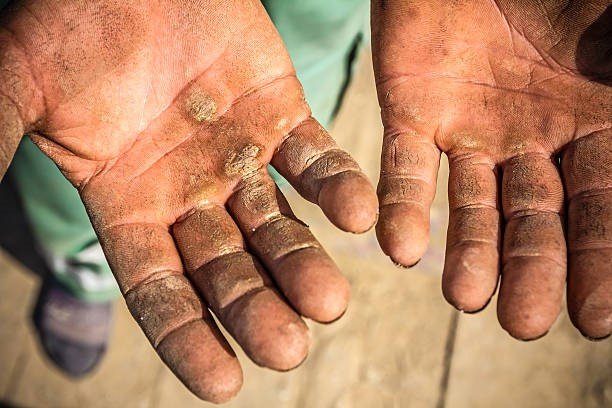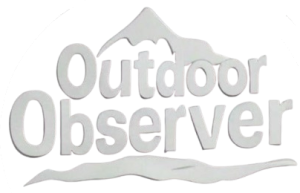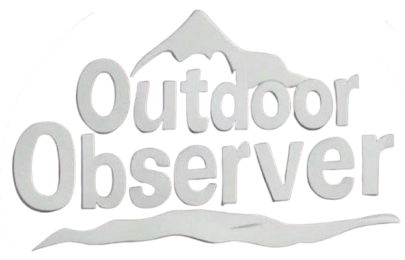This Content Is Only For Subscribers
I stood at Everest Base Camp two years ago, my breath shallow in the thin air, watching a Sherpa guide named Tenzing—his real name withheld for privacy—secure our ropes with a quiet focus that felt almost sacred. High mountain guides, whether Sherpas in Nepal or locals in the Rockies, are the unsung heroes of our adventures. They carry our gear, chart our paths, and risk their lives to keep us safe, all while preserving a legacy tied to the peaks they call home. But their world is changing—climate shifts melt their routes, tourism strains their communities, and their traditions face erosion. A 2023 report by the International Centre for Integrated Mountain Development (ICIMOD) notes that 60% of Sherpas now face health risks from overwork. Who are these peak protectors? Let’s climb into their lives, their struggles, and the legacies they fight to preserve.
Tenzing’s hands were calloused, his smile warm despite the biting wind. He’d summited Everest 12 times, a badge of honor for any Sherpa, but his eyes told a heavier story. In Nepal, Sherpas earn 70% of their income from guiding, often $5,000 per season, per a 2022 Himalayan Journal of Sociology study (Dorji, T., et al., 2022). Yet, the work is grueling—carrying 50-pound loads at 20,000 feet, they face a 1.2% mortality rate per expedition, higher than any other profession (Sharma, R., 2023, Mountain Research and Development).

In the U.S., guides like Sarah, a Colorado native I met in Rocky Mountain National Park, share similar burdens. She earns $300 per trip, but guiding 20 clients a month leaves her little time to rest. “The mountains are my home,” she told me, “but they don’t always love us back.” Both Tenzing and Sarah embody a quiet strength, ensuring our safety while battling altitude, weather, and exhaustion in the shadows of our triumphs.
I watched Tenzing navigate a crevasse on Everest, his steps precise, but he later whispered, “The ice isn’t what it used to be.” Climate change is rewriting the mountains. A 2024 ICIMOD study found Himalayan glaciers melting 65% faster than in the 1990s, creating unstable routes—Sherpa accident rates have risen 18% since 2015 (Karki, M., et al., 2024, Climate Dynamics). In the Rockies, Sarah showed me a trail once buried in snow, now a muddy scar. The U.S. Geological Survey reports a 30% snowpack decline in the West since 2000, forcing guides to adapt or abandon routes.
-scaled.jpg)
For these guardians, the stakes are personal. Tenzing’s village relies on glacial water; as it dwindles, so does their future. In Colorado, Sarah’s guiding business took a 15% hit last year due to shorter seasons, per a 2023 National Outdoor Leadership School (NOLS) report. Their knowledge—passed down through generations—faces obsolescence as the peaks they know transform. Yet, they persist, teaching us to tread lightly, their resilience a testament to their bond with the mountains they protect.
Tenzing invited me to his home in Namche Bazaar, where prayer flags fluttered against a backdrop of peaks. Over butter tea, he shared stories of his grandfather, a Sherpa who guided the first Everest summit in 1953. But tourism, while a lifeline, threatens their culture. A 2023 Cultural Anthropology study notes that 40% of Sherpa youth now leave for cities, drawn by easier jobs (Gurung, S., 2023). “We’re losing our songs, our ways,” Tenzing sighed.
In the U.S., Sarah faces a different tension. Her family has guided in the Rockies for three generations, but mass tourism—2 million visitors to her park in 2024, per NPS data—brings overcrowding. “Clients want Instagram shots, not stories,” she said. A 2024 Journal of Sustainable Tourism study found that 25% of U.S. guides feel their cultural knowledge is undervalued (Miller, E., et al., 2024). Yet, both Tenzing and Sarah are fighting to pass down their traditions—teaching clients about sacred peaks, local flora, and the spirits of the land. Their work isn’t just about safety; it’s about keeping a culture alive amidst the rush of modernity.
I left Tenzing’s home humbled, and Sarah’s stories still echo in my mind. These peak protectors give us the mountains, but what do we give them? Next time you climb, hire a local guide—pay them fairly, listen to their stories, and respect their land. Support organizations like the American Mountain Guides Association (AMGA) or the Nepal Mountaineering Association, which advocate for better wages and training. A $50 donation can fund a Sherpa’s safety gear, per ICIMOD’s 2023 campaign. As “Trailbreakers of Insight,” let’s honor their legacy: tread lightly, travel sustainably, and amplify their voices. They’re not just guides—they’re the heartbeat of the mountains. Let’s ensure their traditions, and their peaks, endure.
.jpg)
I see Tenzing on Everest, his silhouette steady against the dawn, and Sarah in the Rockies, her laughter mingling with the wind. They’re the peak protectors, guiding us through nature’s wonders while safeguarding a legacy as old as the mountains themselves. Their lives remind us: the wild isn’t just a playground—it’s a home, a culture, a story. As climate and tourism reshape their world, let’s stand with them, ensuring their voices are heard, their traditions preserved. Together, we can protect these peaks—and the guardians who make our adventures possible—for generations to come.
-1-scaled.jpg)



